
MicroNeuro

MicroNeuro integrates technologies such as flexible endoscopy, precision control and artificial intelligence to address the challenges introduced by the fragile brain tissue, small space, and difficulty in surgical manipulation, breaking the limit of human hand-eye-brain capability. And based on digital twin technology, real-time matching of brain tissue structure and surgical tools is realized to make the surgical process more intuitive.
The incidence rate of germ cell tumorsof the central nervous system, which mostly happen in children, is the highest in the world for Hong Kong and Chinese regions. The traditional solution needs to create two holes on skull, that would cause great damage to normal brain tissue. There is still no minimally invasive robotic system existing for such surgery.
- The dual-endoscope technology is adopted to freely adjust the position and posture of the distal tip, and the fusion control algorithm of force, position and shape information is adopted to control it precisely.
- Based on digital twin technology and combined with preoperative MRI scan images and intraoperative control feedback information, real-time matching of brain tissue structure and surgical tools is realized in a virtual environment.
- Multi-modal technology is adopt to track the surgical instrument in real time, locate the lesion from multiple views, and navigate the robot.
- Reduce surgical trauma by more than half, realizing the effect of minimally invasive for neurosurgery.
- Improve current medical conditions, reduce patient pain, and shorten surgeon training time.
- Gather high-tech talents and enhance Hong Kong's competitiveness in the field of advance medical equipment.
- BOCHK SCIENCE AND TECHNOLOGY INNOVATION PRIZE-The Laureate in Artificial Intelligence and Robotics
- MicroNeuro is suitable for conducting most of intracranial surgeries minimally invasively, including cerebral hemorrhage decompression for trigeminal neuralgia, which could benefit millions of patients worldwide.
Patent
- Applying
Under the Memorandum of Understanding signed between HKSAR Government and Chinese Academy of Sciences (CAS), CAS established the Hong Kong Institute of Science & Innovation of Chinese Academy of Sciences (HKISI), its affiliated institution in Hong Kong, with a view to facilitating its presence in the research clusters on healthcare technologies and on artificial intelligence and robotics technologies. The institution aims to promote transfer and translation of scientific research results, coordinate collaboration between the CAS and local universities, and undertake technological education and promotion activities.
The Centre for Artificial Intelligence and Robotics (CAIR) of HKISI, was established in 2019 and is located at Science Park, Hong Kong. Its development is led by the Institute of Automation, Chinese Academy of Sciences (CASIA), also supported by the InnoHK programme from Innovation and Technology Commission. It is positioned to become a world-class research institute for AI and robotics, emphasizing applications in the range of healthcare, fintech and arts. CAIR aims to become an international hub for scientific research and technological innovation centre with global influence in the Guangdong-Hong Kong-Macao Greater Bay Area.

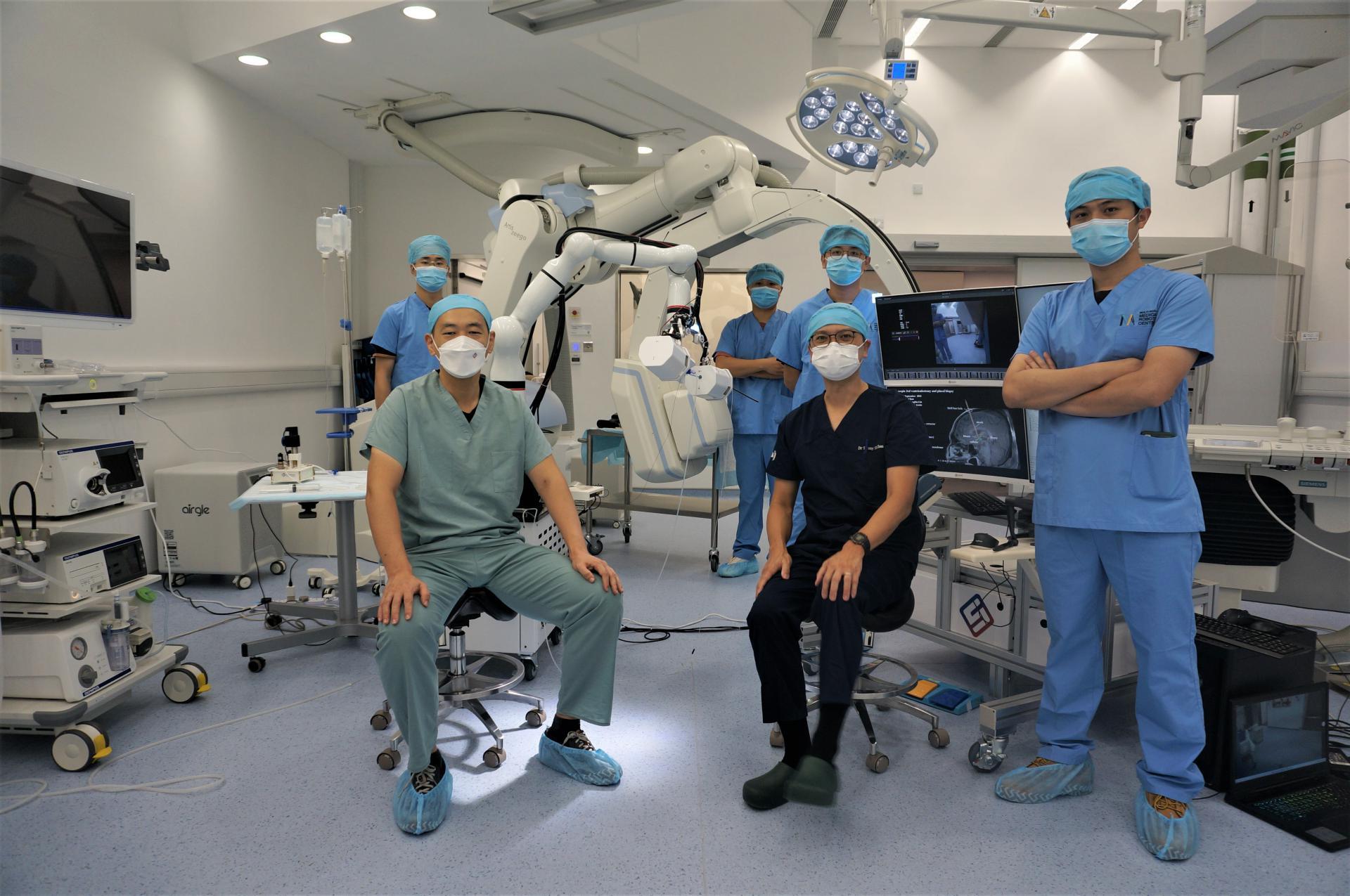




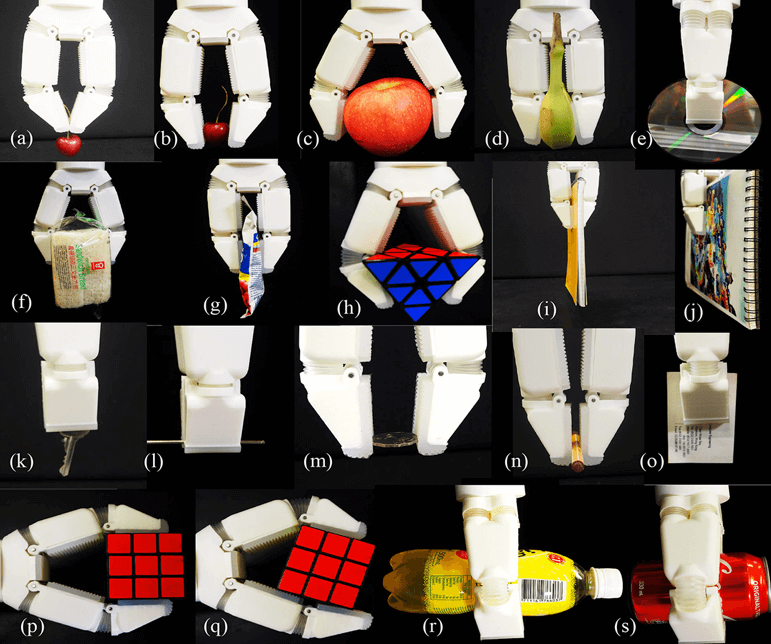


















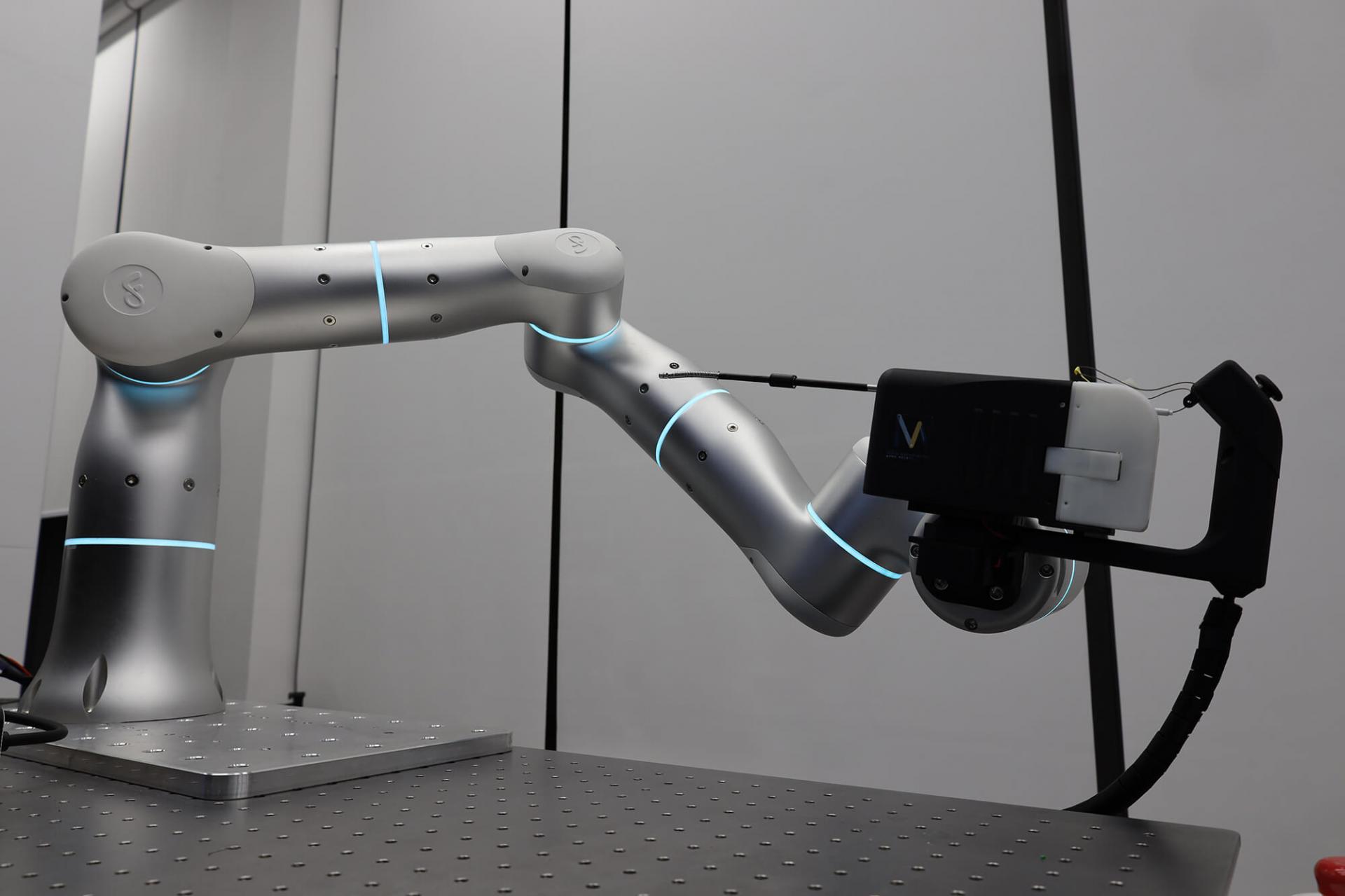





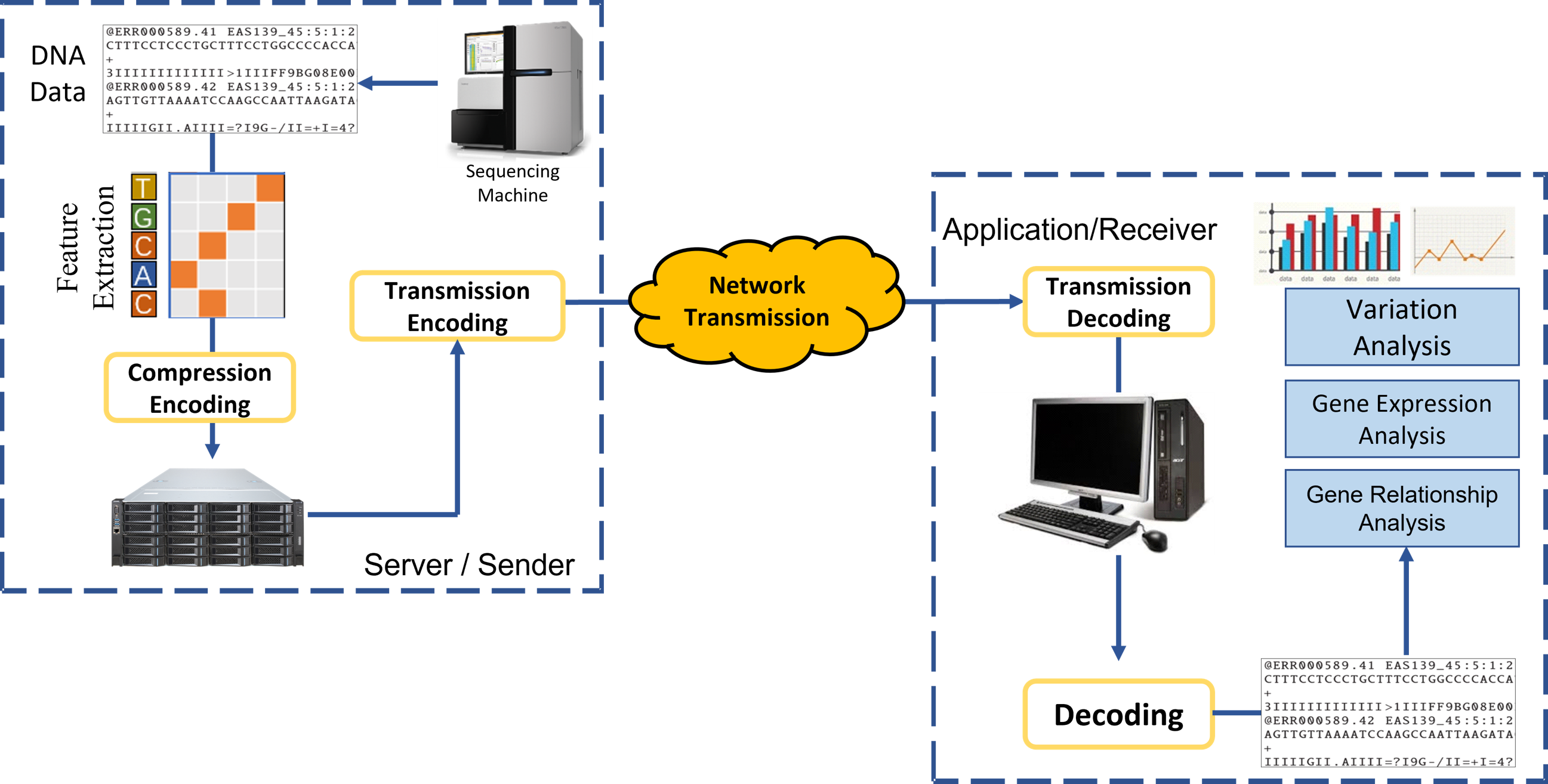





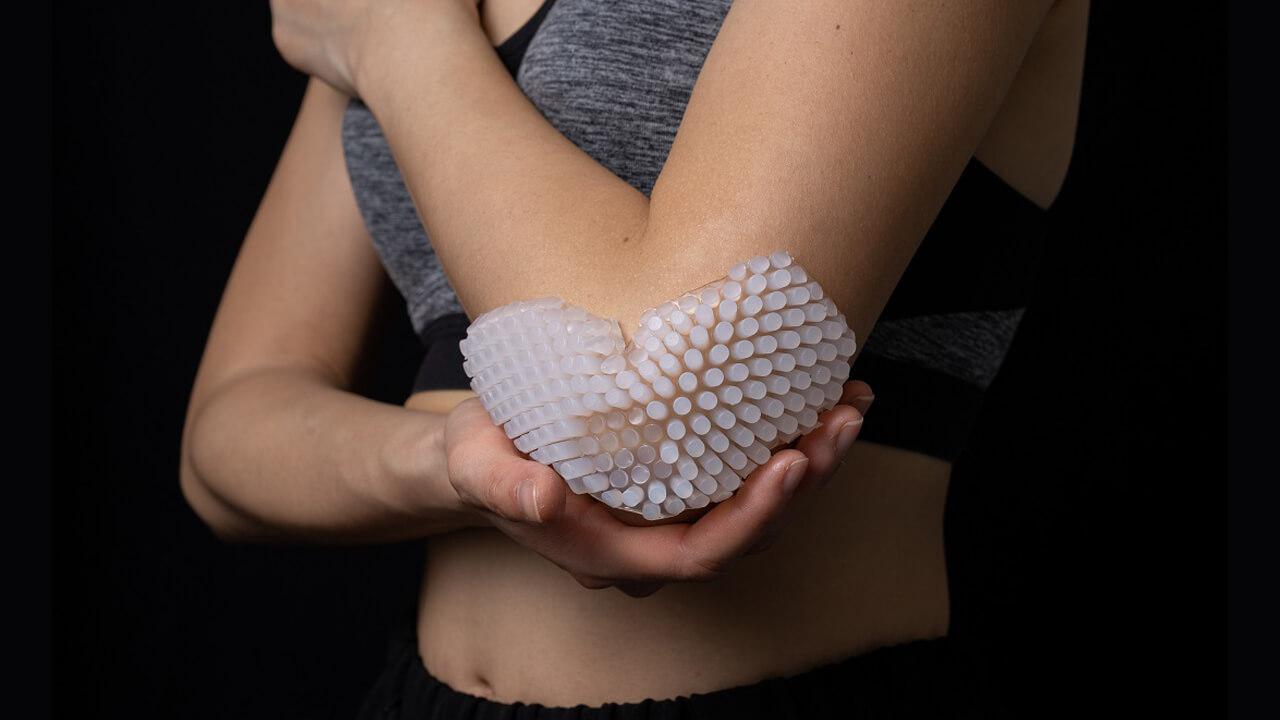








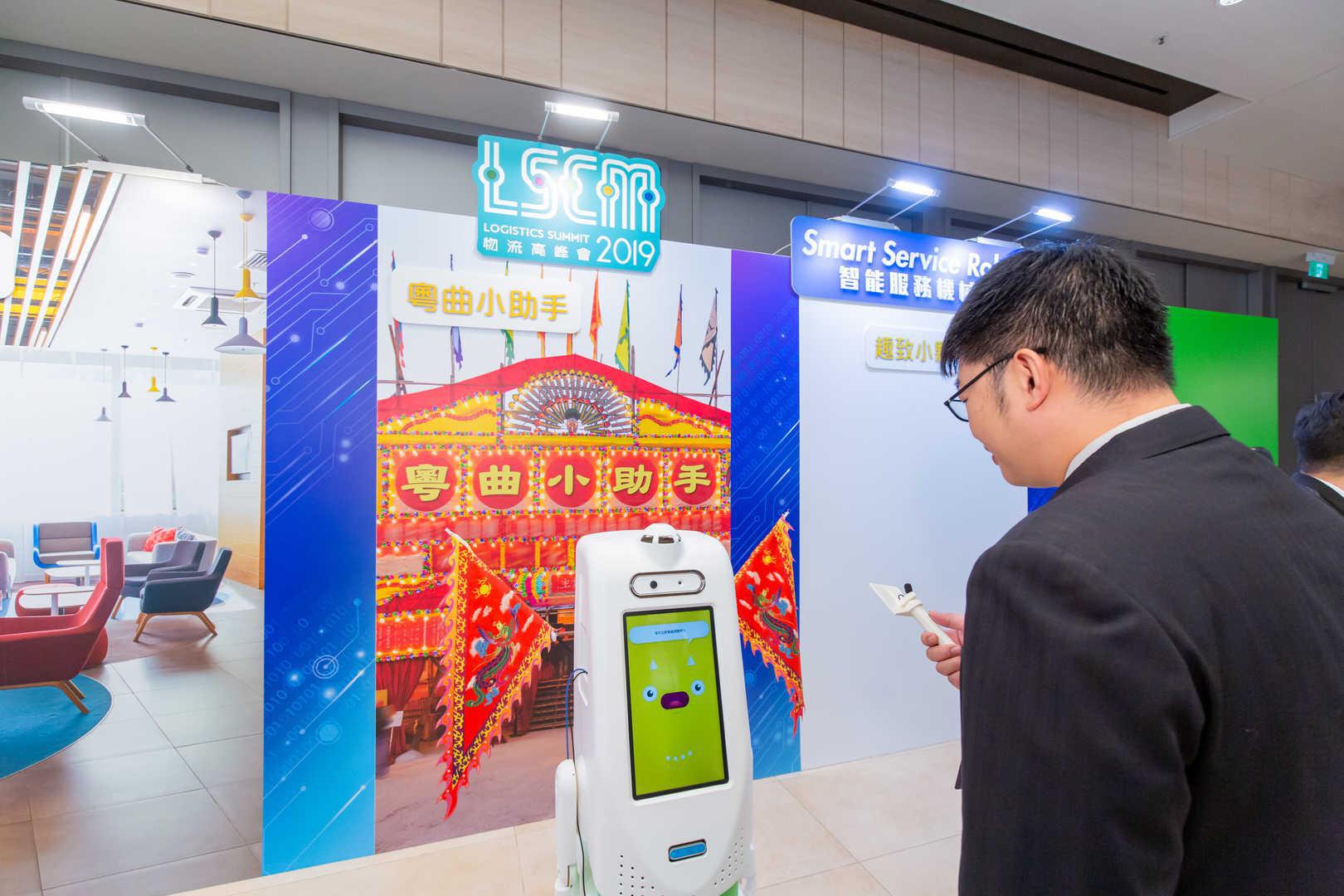





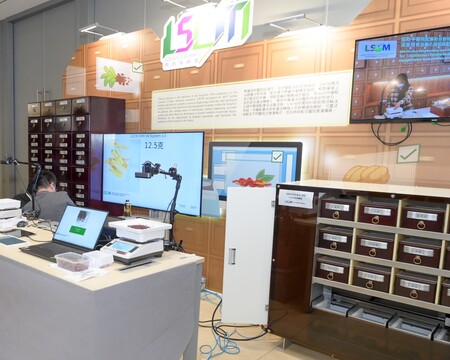






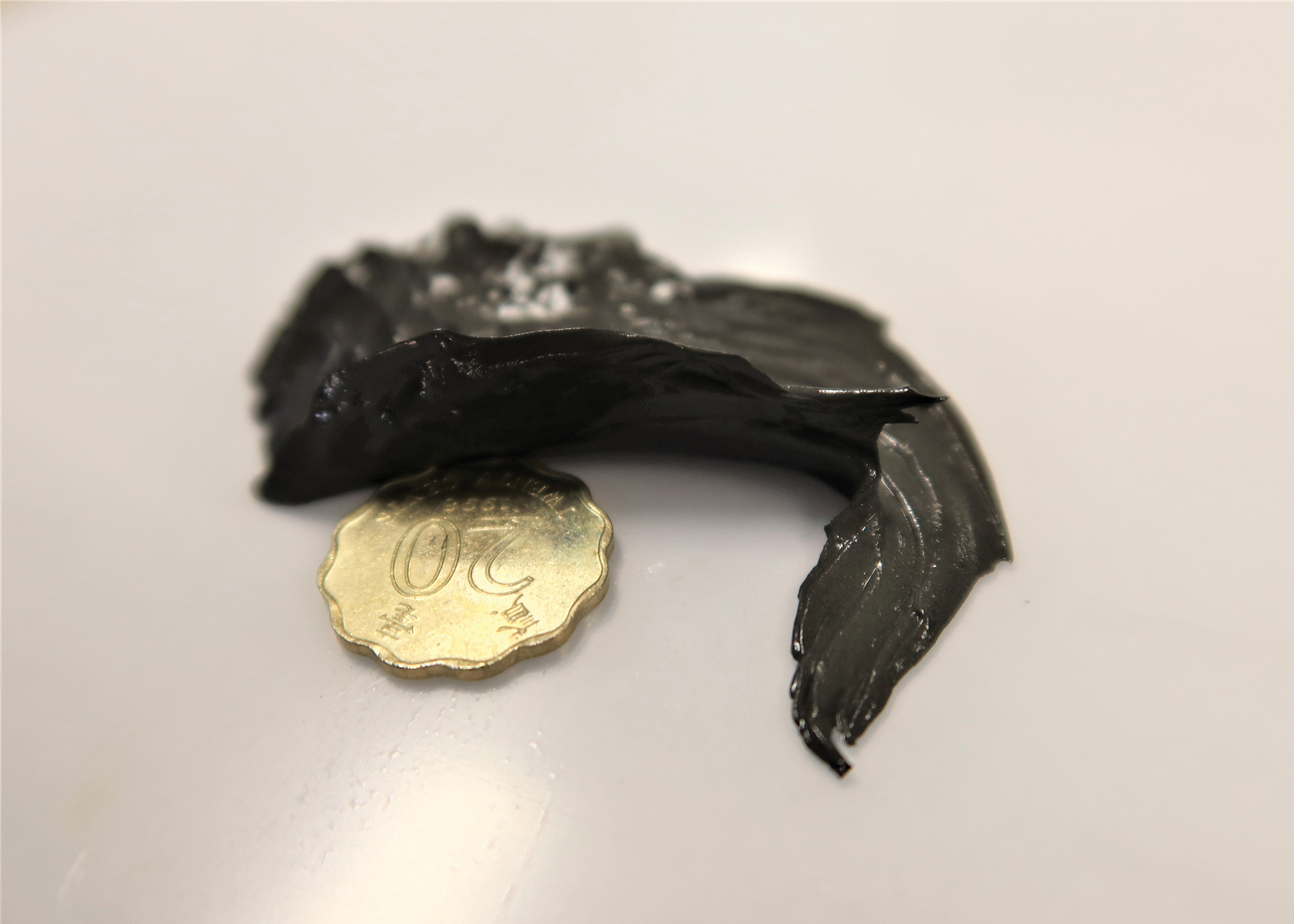



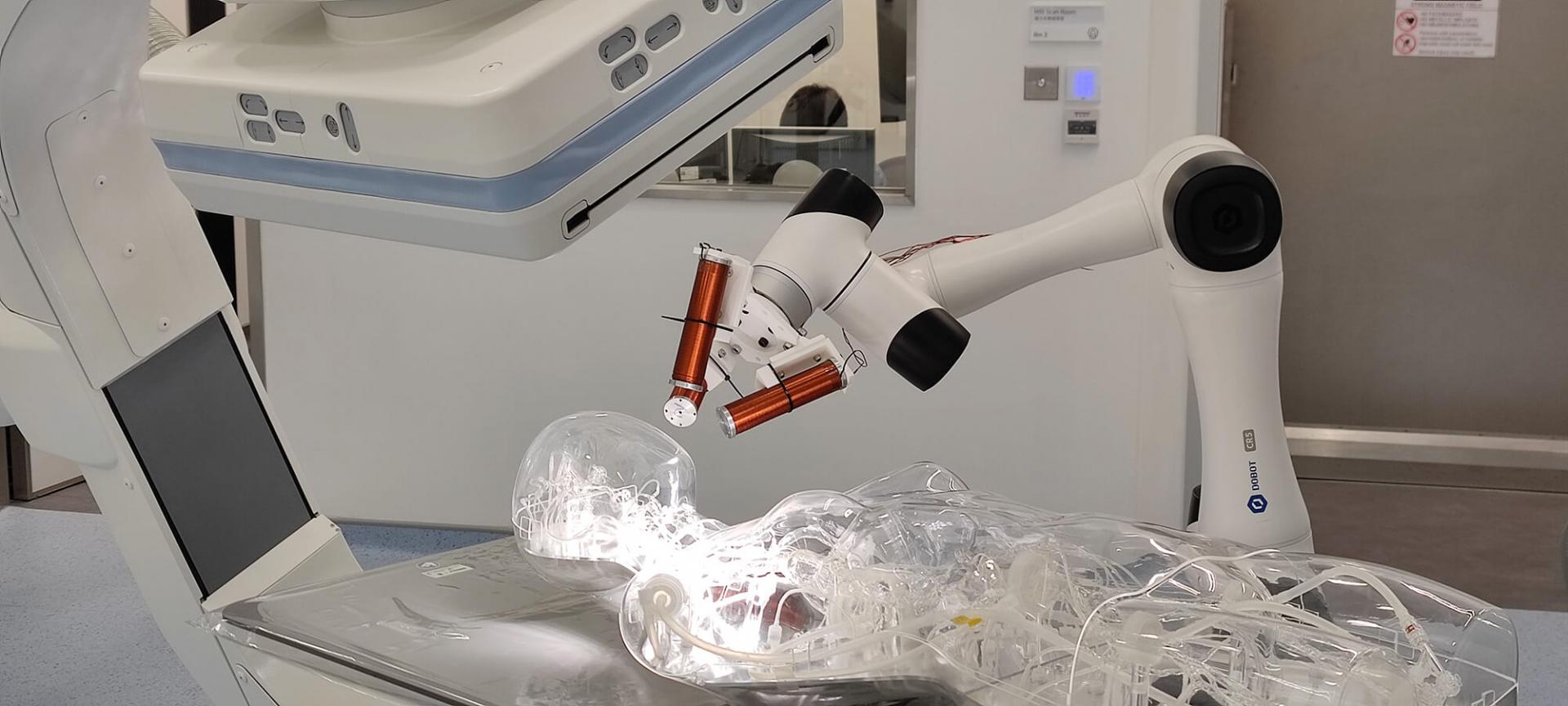

















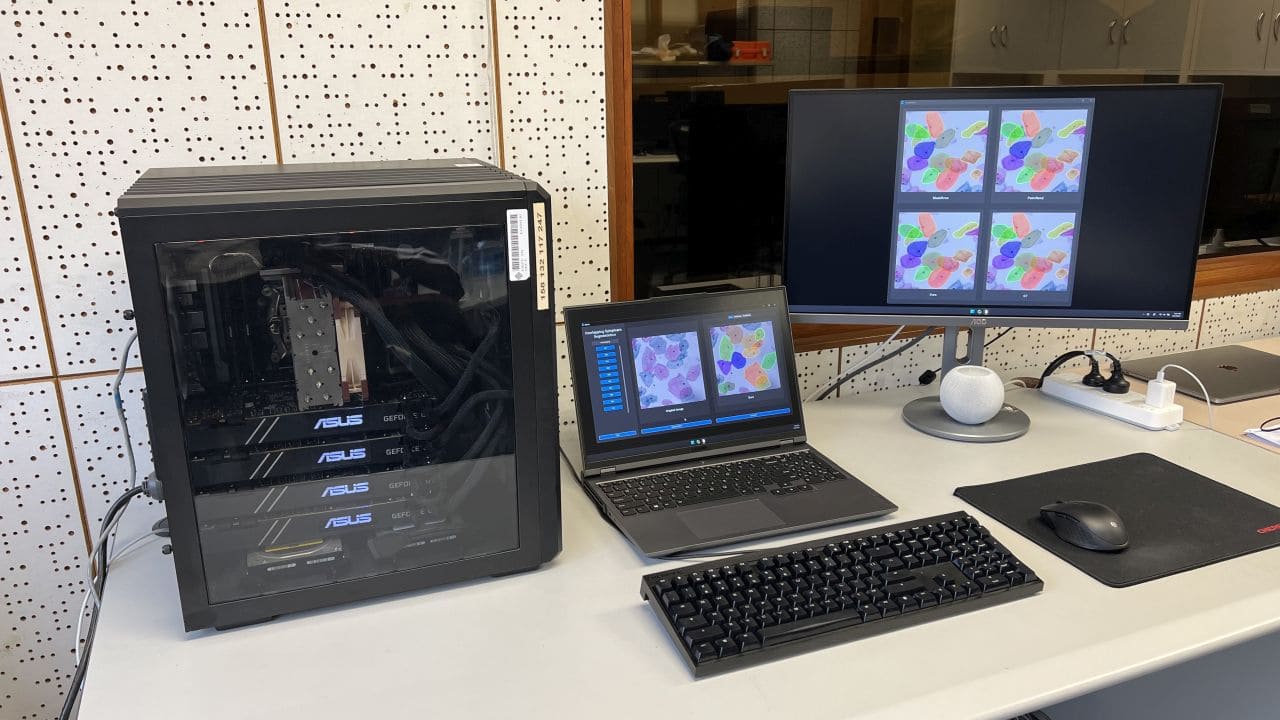







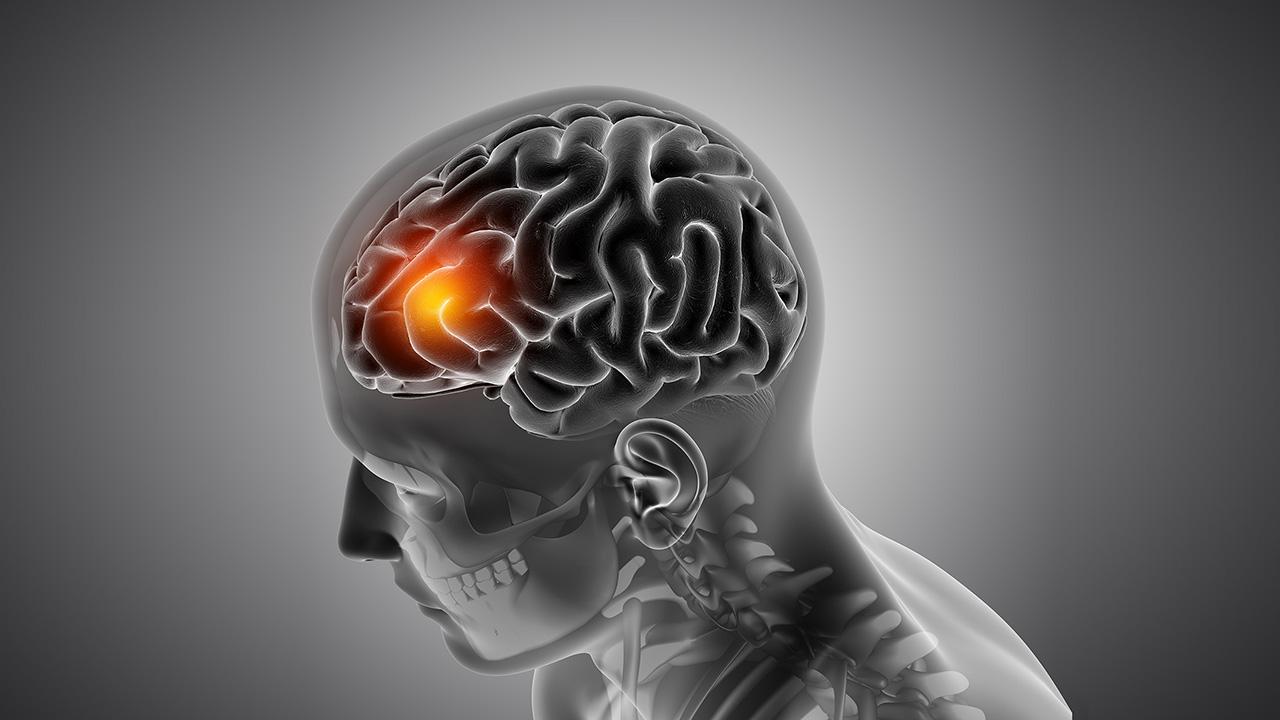




































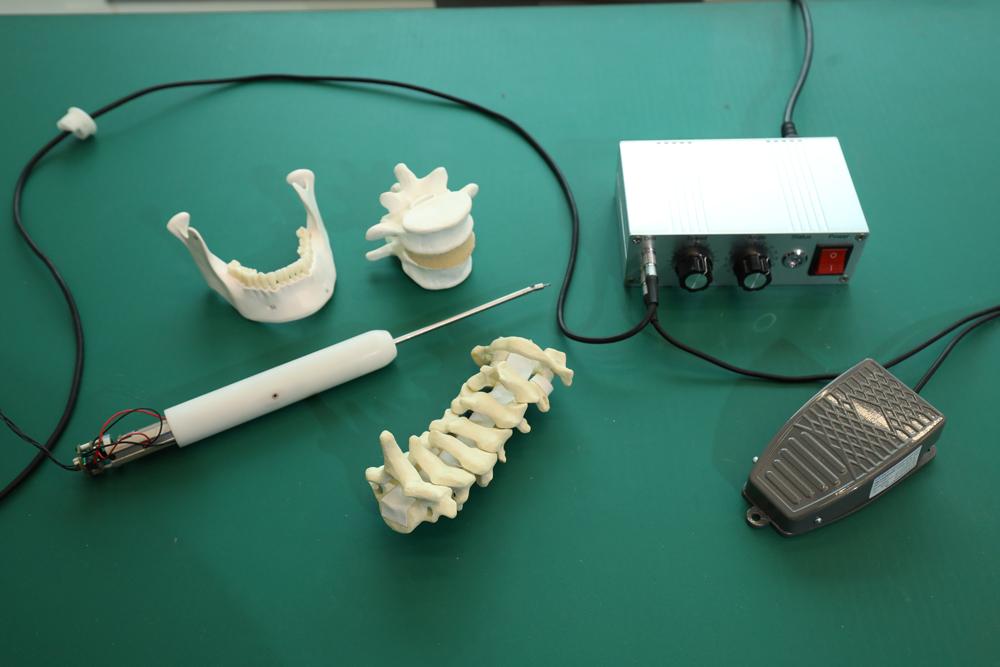
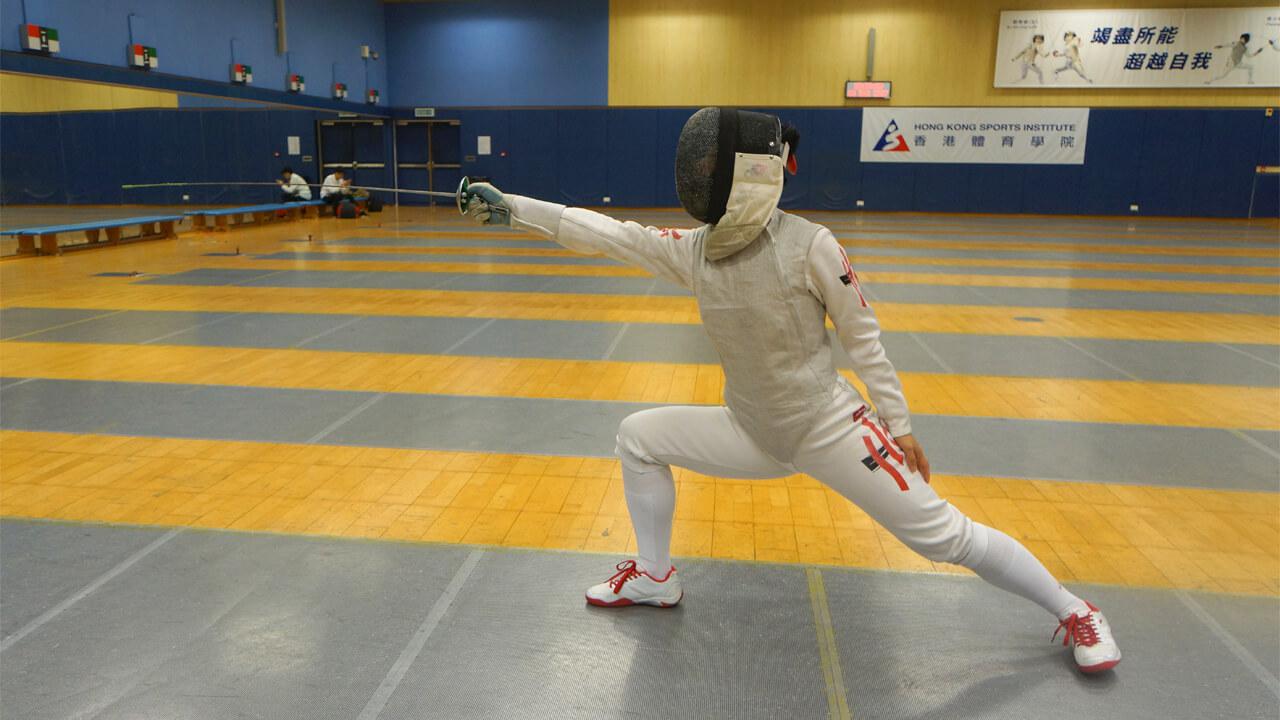



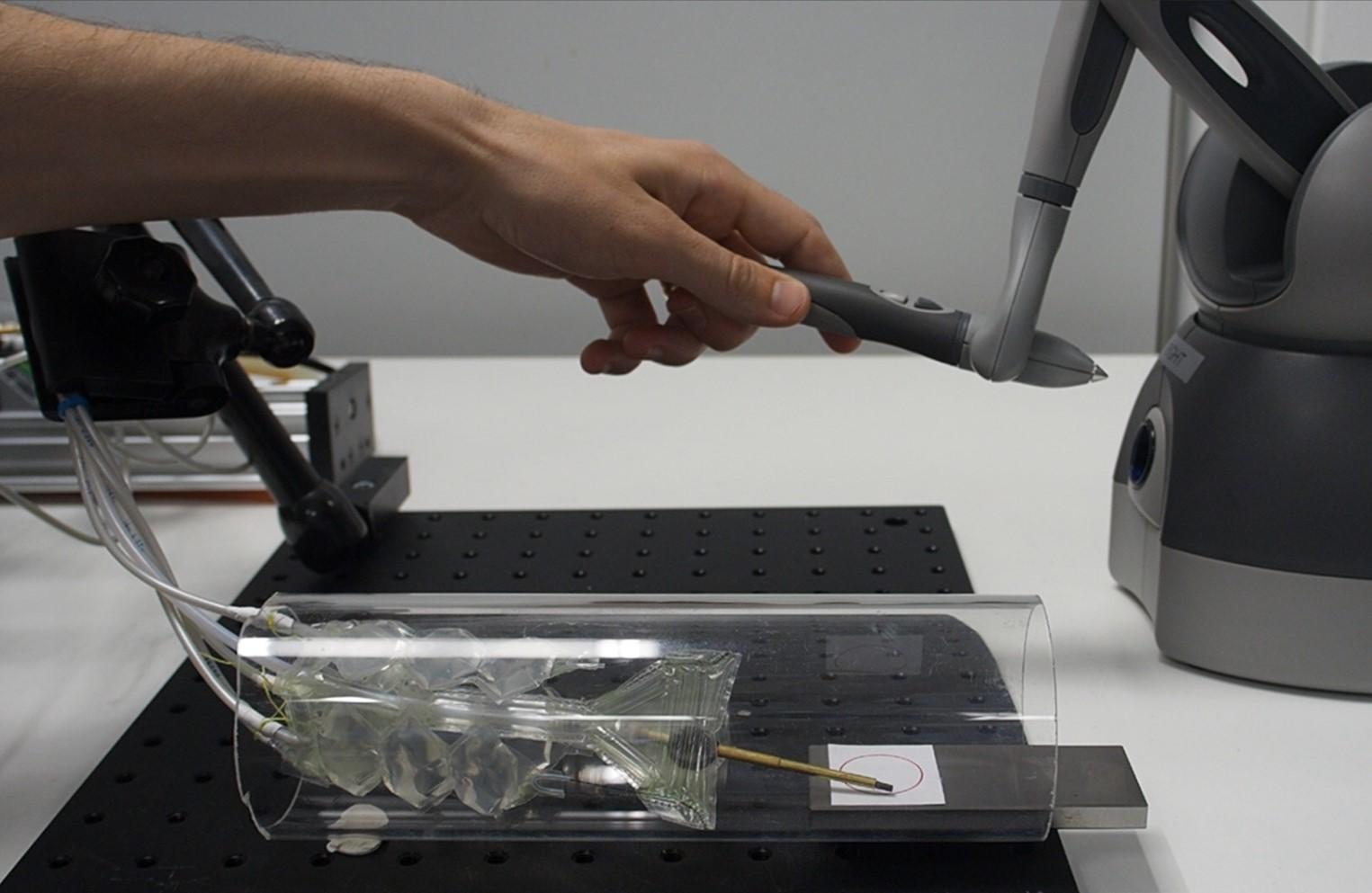
![Long COVID Test: [Non-Invasive Stool Test to detect distinct gut microbiome profile associated with “Long COVID”]](/uploads/image/202304/6802a81a4ec6afc2ac97f3912ec9a7f4.jpg)